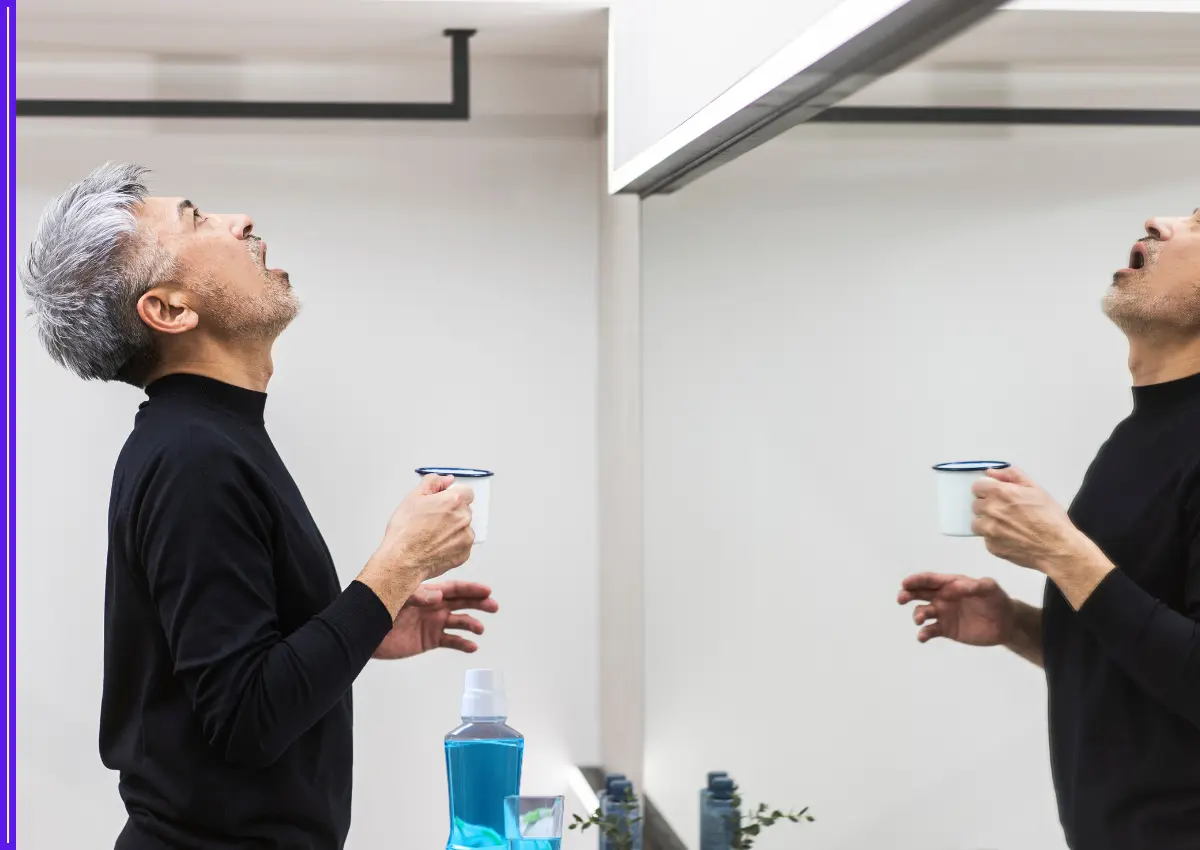To encourage women’s financial inclusion and empowerment, the Indian government introduced the Swadhar Yojana Scheme. The Swadhar Yojana, often called the Swadhar Greh Scheme, intends to give women in challenging situations support services like housing, rehabilitation, and skill development. Due to its innovative approach, underprivileged women around the country are no longer facing the socioeconomic obstacles that once defined their lives.

The Swadhar Greh Scheme: What is it?
The main goal of this program is to provide women who have faced adversity with a supportive institutional environment. Its primary goal is to provide them with a safe haven, wholesome food, appropriate clothing, and access to medical facilities. It also attempts to guarantee their social and financial security. The programme also highlights how crucial it is to attend to each person’s unique needs in order to minimise the likelihood that they would be left alone or abandoned, as this could leave them vulnerable to exploitation and despair.
Official Website Link: https://www.india.gov.in/spotlight/swadhar-greh-scheme
Objectives:
- To provide advice and legal support in order to aid in their reintegration into the family and society.
- To support their social and economic recovery.
- To give these ladies financial independence and the mental fortitude they need to start over.
- To provide for the fundamental requirements of disadvantaged women in need of food, clothing, shelter, medical attention, and emotional support but lacking in social and financial support.
Key Elements of the Swadhar Greh Scheme
- The women receive free legal assistance.
- Counselling services over the phone are offered.
- With regard to the Direct Beneficiary Transfer (DBT) mechanism, the plan complies.
- Assistance needs, both ongoing and one-time, are met.
- The Swadhar Greh Scheme allows government and civil society organisations to request assistance.
- The programme offers food, clothes, medical services, and short-term residential lodging.
- Women who sign up for the program will have access to chances for vocational training.
- Beneficiaries get access to behavioural training and counselling.
Beneficiaries of the Scheme
- Women who experience conflict or strain in their families, domestic abuse,
- ladies who have experienced HIV/AIDS.
- Girls and women who have either escaped or been saved from brothels,
- Women who experience conflict or strain in their families, domestic abuse,
- Ladies who have weathered natural calamities,
- Ladies who have been left behind,
- Female prisoners who have been released,
Note: The aforementioned conditions have an age minimum of 18. There should be no social or financial assistance for these ladies. Women who are homeless are also eligible. These ladies should, however, first apply for UJJAWALA Yojana help.
Implementing Agencies and Eligibility Criteria
- State- or central-level autonomous bodies
- Local Governments
- Cantonment Boards
- State government organisations, such as Women Development Corporations that the states have set up
- Institutions under Panchayati Raj and Cooperatives
- State governments’ Departments of Women and Child Development and Social Welfare may build Swadhar Greh and manage them independently, or they may lease them to organisation(s) with the necessary experience for as long as is judged appropriate in order to manage the operations under this plan.
- Public trusts that are now enrolled under any applicable law
- Civil society organisations, such as NGOs, that have demonstrated their ability to engage in the areas of women’s education, social welfare, and welfare, provided that they are registered under the Indian Societies Registration Act, 1860, or any other applicable State Act;
Guidelines/Directives for Admission Policy, Services, and Records Administration Under the Swadhar Greh Plan
- Women are first assessed on their social history, the cause of their distress, and their adjustment issues when they visit Swadhar Greh either on their own or through referrals.
- A counsellor conducts an individual interview and creates a case file for her (until MWCD develops and disseminates a uniform approach). This is to help her go past the first shock and assess whether Swadhar Greh’s services are appropriate for her requirements.
- She should be listed in the admissions register as soon as she arrives, providing her name, address, age, details about any children she may have, a description of the issue, and a reference.
- Every case should have a separate file containing the entire case file, family members’ addresses, referral letters, and other court cases, police reports, and other connected documents.
- Any aid provided should be documented, including meetings with relevant authorities, medical exams, and so on. Every government agency should have constant access to these case files and be able to review them at any moment.

FAQs
1, Who is in charge of launching the Swadhar GREH program?
Ans. The Department of Women’s and Children’s Development introduced the Swadhar GREH scheme.
2. Why is the Swadhar GREH plan being implemented?
Ans. The goal of the Swadhar GREH program is to give struggling women who are in need of financial and social help the crucial support and assistance they need. This covers supplies including clothing, food, shelter, health care, and emotional support.
3. Who is the Swadhar GREH plan targeted recipient?
Ans. Girls under the age of eighteen and boys under the age of eighteen are permitted to live with their mothers in the Swadhar Greh program. Boys, however, must be moved to Children Homes under the JJ Act/ICPS if they are 8 years old or older.
4. What is the Swadhar GREH scheme’s primary goal?
Ans. Establishing Swadhar Grehs, which may house up to 30 women, in each district is the primary goal of the Swadhar GREH initiative. These Grehs provide social and financial support, as well as lodging, food, clothes, medical attention, and emotional support, in an effort to meet the basic requirements of women who are experiencing hardship.









